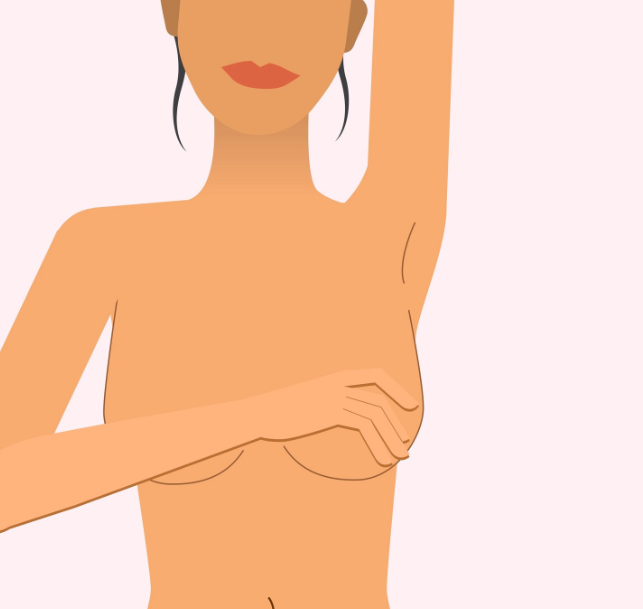Treatment Overview
Inverted Nipple Correction with Reduction in Korea is a specialized cosmetic breast procedure designed to correct inverted or retracted nipples while reducing overall nipple size for an aesthetically balanced appearance. This surgery is ideal for patients with inverted nipples that protrude minimally or not at all, combined with prominent or disproportionate nipple dimensions. Korean plastic surgeons are highly skilled in using minimally invasive, precision techniques that achieve natural-looking results with minimal scarring.
Purpose & Benefits
- Corrects inverted nipples to restore normal projection.
- Reduces nipple size to create balanced, proportionate aesthetics.
- Improves nipple symmetry and overall breast appearance.
- Preserves nipple function and sensitivity, including breastfeeding potential in most cases.
- Minimally invasive techniques reduce recovery time and scarring.
- Enhances self-confidence and body image.
- Can be combined with areola reduction, nipple reshaping, or breast lift for comprehensive results.
Ideal Candidates
- Women with inverted or retracted nipples.
- Patients with oversized or disproportionate nipples seeking size reduction.
- Individuals looking for minimally invasive surgery with natural-looking results.
- Patients experiencing minor asymmetry in nipple projection or size.
- Women who wish to combine correction with other breast procedures for complete enhancement.
Possible Risks & Complications
- Mild swelling, bruising, or tenderness at the nipple site.
- Temporary changes in nipple sensation.
- Rare risk of infection, bleeding, or delayed wound healing.
- Slight asymmetry may persist; minor revision may be required.
- Minimal scarring, which typically fades over time.
- Very rare risk of affecting breastfeeding ability if extensive tissue is removed.
Surgical Techniques Used
- Core Release Technique: Releases fibrous tissue causing nipple inversion to restore projection.
- Wedge or “V” Excision: Removes excess tissue to reduce nipple size while maintaining natural shape.
- Precision Suturing: Fine sutures reduce visible scarring and maintain structural support.
- Combination Approach: Can include areola reduction or minor reshaping for proportional results.
- Laser or Radiofrequency Assistance (Optional): Enhances healing and reduces scar visibility.
- Minimally Invasive Correction: Preserves underlying ducts and tissue for functionality and natural appearance.
Recovery & Aftercare
- Mild swelling, redness, or bruising may last 1–2 weeks.
- Avoid pressure, friction, or strenuous activity for 2–3 weeks.
- Maintain proper hygiene and follow post-operative care instructions.
- Nipple sensation typically returns to normal within a few weeks.
- Patients may resume light daily activities within 1 week; moderate activity after 2 weeks.
- Full healing and final results generally visible after 4–6 weeks.
- Scar maturation continues over several months for minimal visibility.
Results & Longevity
- Permanent correction of inverted nipples with improved projection.
- Reduced nipple size for natural, proportionate aesthetics.
- Symmetrical and aesthetically pleasing nipples.
- Minimal visible scarring with natural contours.
- Enhanced breast appearance, confidence, and body image.
Treatment Process in Korea (Expanded)
Korea is globally recognized for Inverted Nipple Correction with Reduction due to its advanced techniques, aesthetic precision, and patient-focused care.
Step 1: Initial Consultation
- Detailed assessment of nipple inversion, size, projection, and breast anatomy.
- Discussion of patient goals, expected results, and combined procedures if needed.
- Imaging or 3D simulation may be used to visualize the corrected outcome.
Step 2: Customized Surgical Planning
- Tailored surgical plan includes core release and reduction techniques.
- Fine suture placement and optional laser or RF assistance are planned to minimize scarring.
Step 3: Anesthesia
- Local anesthesia is commonly used; sedation may be applied for patient comfort in select cases.
Step 4: Surgical Procedure
- Core release or fibrous tissue removal to correct nipple inversion.
- Excision of excess tissue to reduce nipple size while preserving natural contour.
- Precision suturing to maintain nipple structure and support.
- Optional concurrent areola or reshaping procedures for proportional aesthetics.
- Laser or RF assistance may be applied for enhanced healing and minimal scarring.
Step 5: Immediate Post-Operative Care
- Application of protective dressings and topical ointments.
- Instructions to avoid friction, pressure, or strenuous activities.
- Mild swelling or discomfort managed with prescribed medications.
Step 6: Follow-Up & Healing
- Follow-up visits to monitor healing, projection, symmetry, and scar quality.
- Scar management may include massage, silicone sheets, or laser treatments.
- Final results visible in 4–6 weeks, with scarring continuing to improve over several months.
Why Korea is a top destination:
- Expertise in minimally invasive, precision nipple procedures.
- Advanced laser and RF technology for better healing and reduced scarring.
- High patient satisfaction due to natural, proportional results.
- Ability to combine correction with other breast procedures for comprehensive aesthetic enhancement.
- Internationally accredited clinics with meticulous post-operative care.
Cost Range (Expanded Details)
- Inverted Nipple Correction with Reduction in Korea: USD $2,500 – $6,000
- Cost factors include:
- Complexity of nipple inversion and size reduction.
- Clinic reputation and surgeon expertise; premium clinics charge more.
- Combination with areola reduction or breast lift procedures.
- Use of advanced techniques such as laser or RF-assisted healing.
- Post-operative care packages including follow-ups, scar management, and topical treatments may affect total cost.
- High-end clinics often provide all-inclusive packages covering consultation, surgery, post-op care, and follow-up sessions.
- Additional costs for international patients may include travel, accommodation, and translation services.
Popular Clinics for Inverted Nipple Correction with Reduction in Korea
- Banobagi Plastic Surgery Clinic (Seoul) – Specialized in inverted nipple correction and combined reduction procedures.
- ID Hospital (Seoul) – Offers advanced minimally invasive nipple and areola procedures.
- JK Plastic Surgery Center (Seoul) – Focused on precision correction with natural-looking results.
- View Plastic Surgery Clinic (Seoul) – Known for scar-conscious and proportionate nipple surgeries.
- JW Plastic Surgery (Seoul) – Renowned for expert inverted nipple correction combined with reduction techniques.




